Projects
Daylighting in a renovation: a design that shines
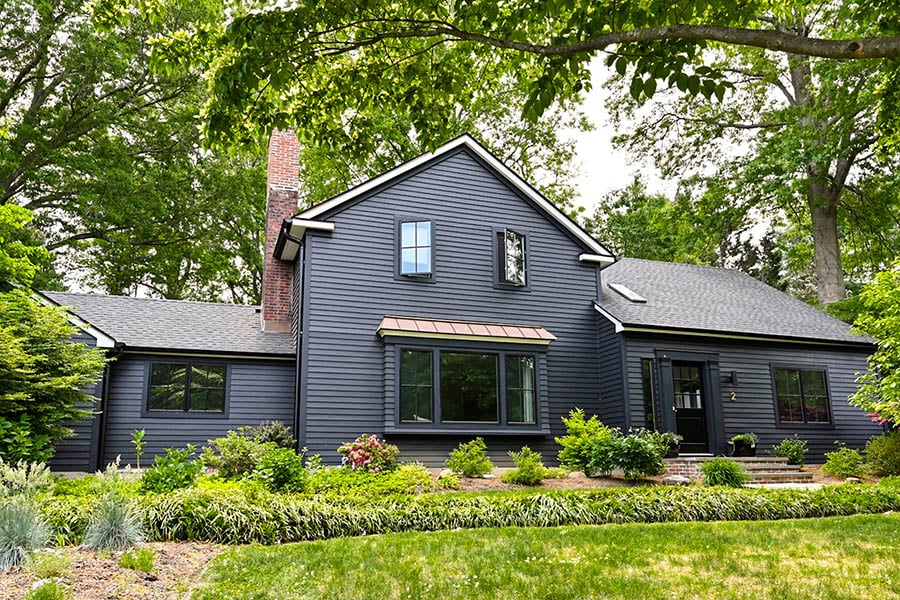
Embracing a modern layout
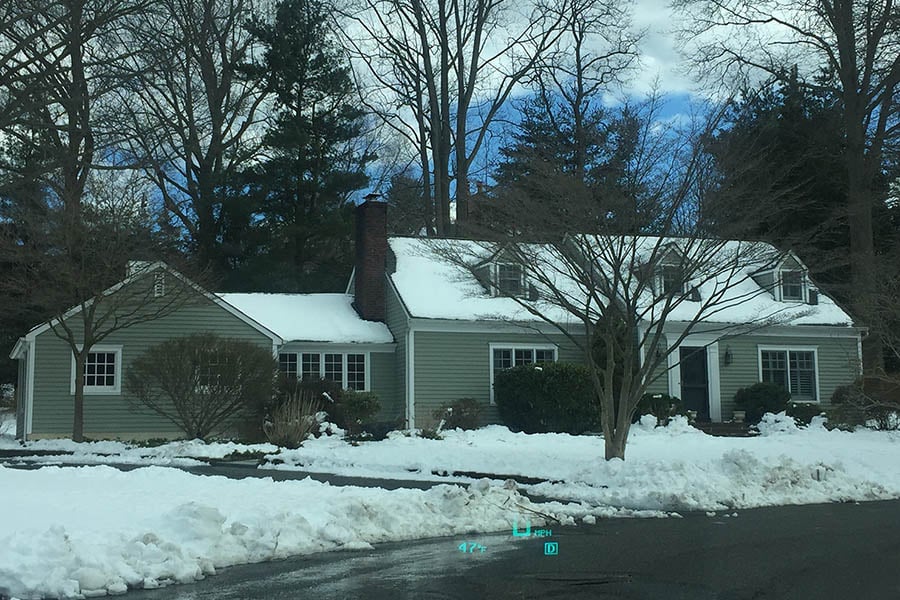
Harvesting southern light
Another big way Goodhue did this was by renovating the back porch. He added two triangular 400 Series specialty windows high in the gable to help light reach deeper into the house. Then, he connected the porch to the dining room with a 200 Series Narroline® gliding patio door. With its narrow frame and large expanse of glass, this 8-foot-tall door lets light pour into the home.
Goodhue completed the new open space with a large picture window instead of cabinetry. This choice, Billington said, helps her family enjoy the “morning sun and have a better view of our garden.”
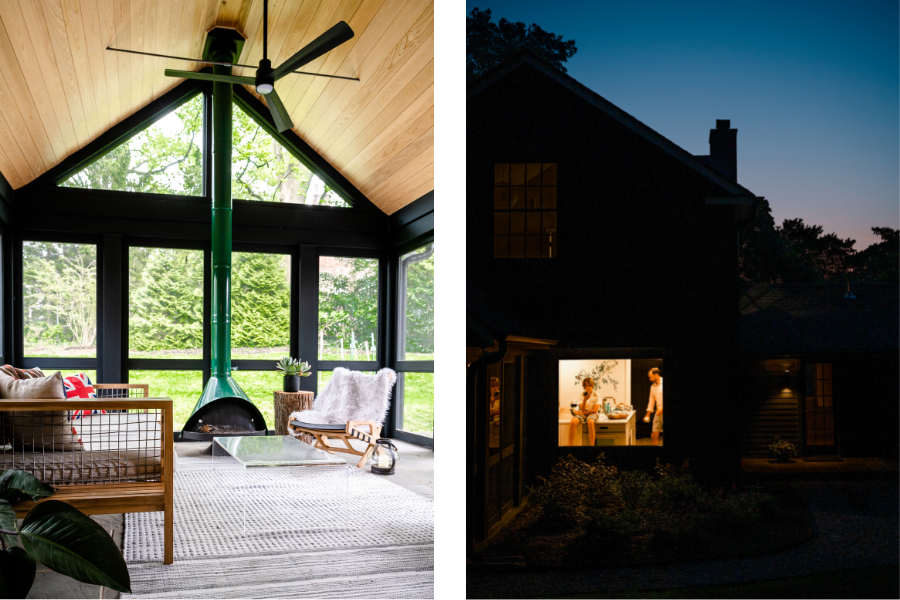
Making the most of every room
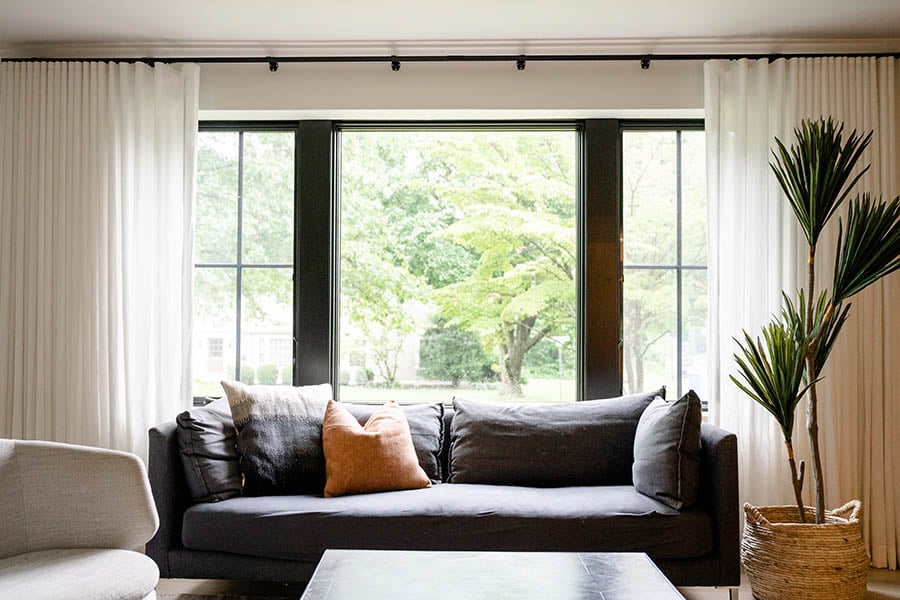
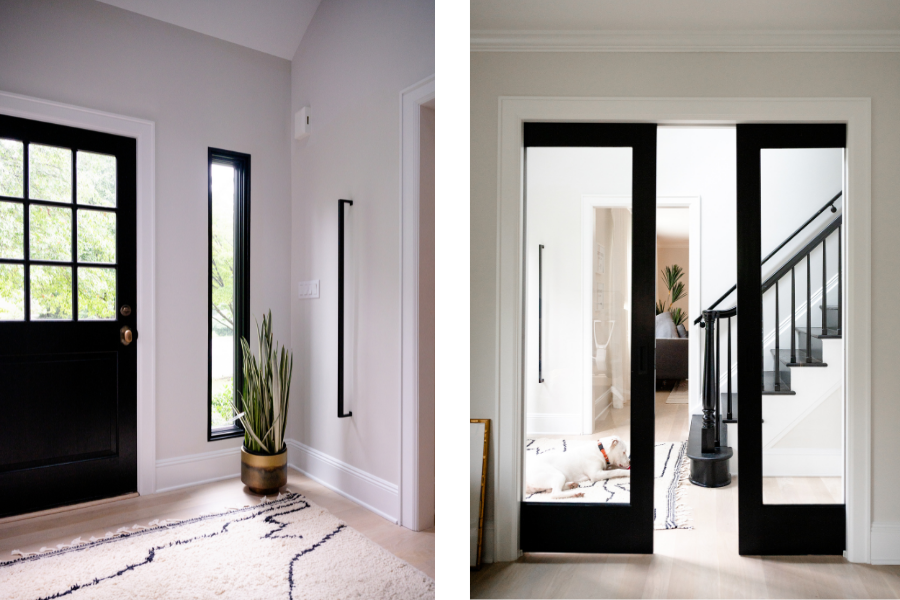
Applying these lessons to your home
Goodhue’s renovation shows the power of daylighting, an architectural practice that focuses on maximizing natural light to reduce energy use. It can be achieved through building orientation, window placement and other approaches that will be familiar to an architect.
Here are a few tips to keep in mind as you work through a renovation or new construction project:
- Consider the orientation of your home. ln the Northern Hemisphere, direct light comes from the south, so windows on that side will provide the best light and most warmth. You’ll also want to think about where your house is positioned. Does adding a window open up views to your yard, or will you be looking directly into your neighbor’s house?
- Think of each window as a unique opportunity and decide what the priority is for that opening. For example, the picture window in the kitchen was about letting in backyard views and southern light, so Goodhue skipped grilles to avoid obstruction. But he added grilles to the street-facing views to complement the Cape Cod’s traditional exterior.
- Ask your architect to help you through the window selection process. Goodhue takes his clients to showrooms and walks them through the options, so they can get a better feel for window placement, styles and materials.
- Consider your climate. Window glass can help trap or resist heat, helping you maintain a more comfortable indoor temperature while potentially lowering energy bills.
Before electricity, homes were carefully designed to capture as much natural light as possible. Now, this approach is resurging as an intentional design and home efficiency decision for new builds and renovations alike, as Goodhue’s project shows.
Goodhue’s design resulted in a home that beautifully combines classic New England style with a lighter, brighter Scandinavian aesthetic, and Billington said her family is thrilled with the result — “most notably the natural light.”
Natural light is a crucial aspect of creating a healthy, happy home. From sipping your coffee in the morning sunlight to not needing to turn on the lights to simply enjoying the evening glow, natural light can help improve your overall well-being. Interested in learning more?
